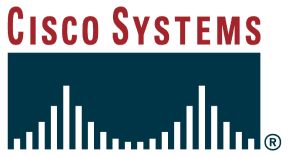CNIT 202E
Routing Protocols and Concepts
Spring 2009 Pierre Thiry and Sam Bowne
Scores posted 5-22-09
Open Lab Hours for Sci 37
Pierre's Page · Schedule · Links

Click logo for Academy Site
CNIT 202E
|
 Click logo for Academy Site |
CRN 38646 - 03/12-05/21 Tue & Thur 6 - 9 pm Cloud 218 |
Catalog DescriptionArchitecture, components, and operation of routers, and principles of routing and routing protocols. Analysis, configuration, verification, and troubleshooting of the primary routing protocols RIPv1, RIPv2, EIGRP, and OSPF. Second course of the Cisco Networking Academy Exploration series preparing for the CCNA Certification.Upon successful completion of this course, the student will be able to:
|
Schedule for Last Three Weeks | |
| Tue, May 5 | Tim Ryan-Tour of CCSF Network & Sam-Practice for Hands-on Final |
| Thu, May 7 | Pierre-more about OSPF |
| Tue, May 12 | Sam-Practice for Hands-on Final |
| Thu, May 14 | Pierre-Early Hands-on Final |
| Tue, May 19 | Sam-Hands-on Final |
| Thu, May 21 | Pierre-Hands-on Final |
| Hands-on Final has Two Parts: Subnetting and EIGRP Configuration. Students must work alone and cannot use notes. Students may use one page of notes for the computerized final assessment. | |